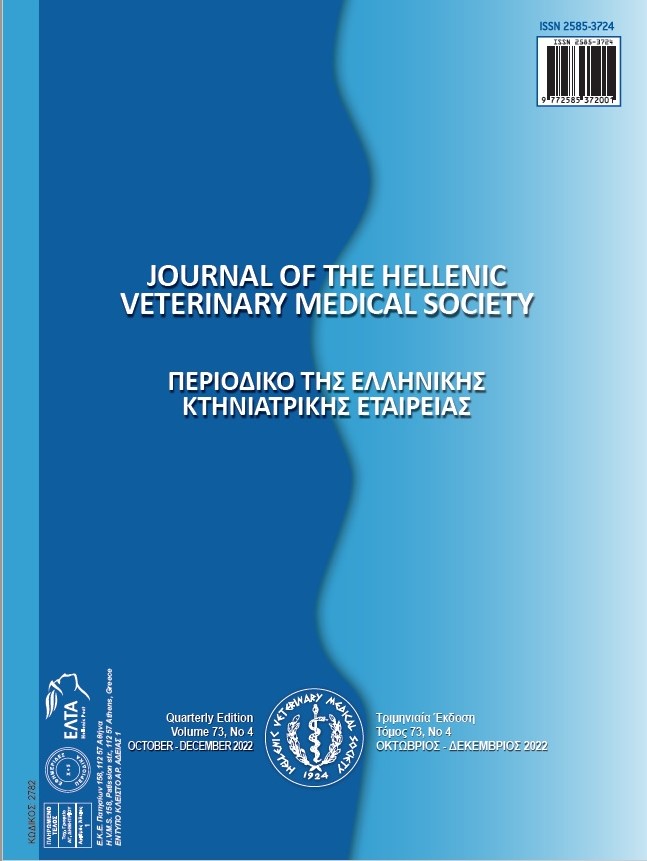Characterization of normal and mastitic milks using Raman Spectroscopy by application of SERS method
Abstract
One of the problems of the dairy industry which causes major economic losses due to reduced milk yield and quality, is "Mastitis". Mastitis is a disease that occurs in the glandular tissue of the mammary gland caused by infectious agents. Since milk and milk derived products are consumed by a large part of the World’s population, the quality of milk becames important. Rapid, non-destructive analysis of the milk by Raman Spectroscopy is of great advantage. In the study, it is aimed to investigate the molecular structures of normal and mastitic milks using Raman spectroscopy and this study is the first study done for this purpose.
In the study, the presence or absence of functional groups of the spectra obtained from the milk samples was compared with the reference spectra in other studies. It was observed that the peaks obtained from the biochemical structures of normal and mastitic milks were consistent with the literature. In addition, it was found that the biochemical components of subclinical mastitis and normal milk did not change at the molecular level.
It was thought that there was no change at the molecular level as there was no visible deterioration in the milk with subclinical mastitis and the factor caused by the infection in the breast tissue.
Keywords: Raman Spectroscopy; SERS method; mastitis; milk
Article Details
- Zitationsvorschlag
-
Açıkgöz, G., Coşkun, P., Ergün, Y., Başpinar, N., & Kazak, F. (2024). Characterization of normal and mastitic milks using Raman Spectroscopy by application of SERS method. Journal of the Hellenic Veterinary Medical Society, 75(2), 7577–7584. https://doi.org/10.12681/jhvms.35310
- Ausgabe
- Bd. 75 Nr. 2 (2024)
- Rubrik
- Research Articles

Dieses Werk steht unter der Lizenz Creative Commons Namensnennung - Nicht-kommerziell 4.0 International.
Authors who publish with this journal agree to the following terms:
· Authors retain copyright and grant the journal right of first publication with the work simultaneously licensed under a Creative Commons Attribution Non-Commercial License that allows others to share the work with an acknowledgement of the work's authorship and initial publication in this journal.
· Authors are able to enter into separate, additional contractual arrangements for the non-exclusive distribution of the journal's published version of the work (e.g. post it to an institutional repository or publish it in a book), with an acknowledgement of its initial publication in this journal.
· Authors are permitted and encouraged to post their work online (preferably in institutional repositories or on their website) prior to and during the submission process, as it can lead to productive exchanges, as well as earlier and greater citation of published work.






